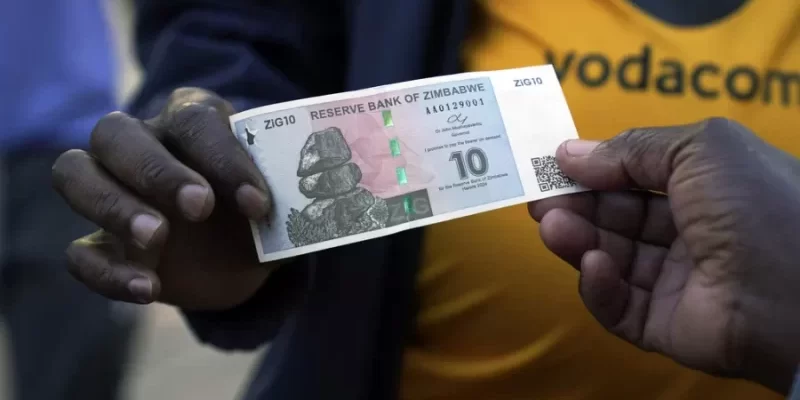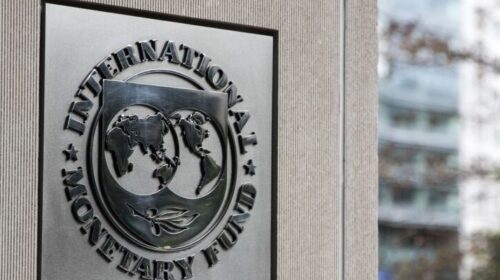Zimbabwe’s Gold-Backed Currency Struggles as US Dollar Dominates Amid Economic Crisis
Zimbabwe’s liquidity crunch is worsening the economy’s reliance on the US dollar, undermining the gold-backed currency, the Zimbabwe Gold (ZiG), introduced nearly a year ago.
The ZiG, launched on April 8, is Zimbabwe’s sixth attempt since 2009 to replace the US dollar with a functional local currency, but the initiative has faced significant challenges.
In September, the Reserve Bank of Zimbabwe devalued the ZiG by 43% after it weakened persistently against the dollar. The central bank also raised the key interest rate from 20% to 35% and increased cash reserve requirements to stabilize the currency. Despite these efforts, the ZiG has depreciated by nearly 4% this year.
Eddie Cross, a Harare-based independent economist and former monetary policy committee member, noted that the tightening of monetary policies has left the economy “swimming in dollars.” He added, “The liquidity crunch has now killed the ZiG. The ZiG has retreated as a currency of trade, and we’ve effectively dollarized.”
These measures have led to a slump in the economy, with stock prices plummeting on Harare’s main exchange, consumer prices falling by 0.1% in March, and the ZiG becoming scarce in the unofficial market.
The ZiG is mainly used for small transactions, such as utility and tax payments, and part of the wages for civil servants. However, it cannot be used for essential items like fuel, rent, or medicines. The highest denomination of the ZiG is worth about $7.50, which is enough to purchase six loaves of bread.
Although the currency is backed by more than $550 million in gold and cash reserves, its limited usage in key sectors of the economy makes it seem no different from previous failed attempts, according to Jacques Nel, head of Africa macro at Oxford Economics.
“The differences with its predecessors are cosmetic at best,” Nel said. “It would have taken something special to convince Zimbabweans that this time is different.”
Even the 30% surge in gold prices since the currency’s introduction has not been enough to support the ZiG. Experts like Hasnain Malik, an emerging-market strategist at Tellimer, believe the currency’s reserves are insufficient.
“The level of hard currency reserves backing it is woefully inadequate,” he said, adding that Zimbabwe’s exclusion from capital markets since its debt default in 1999 makes the ZiG’s failure predictable.
Despite these challenges, the government remains committed to maintaining the ZiG. The Reserve Bank of Zimbabwe recently kept the interest rate at 35% and reaffirmed its stance to guard against inflation and exchange rate instability.
“It’s going to be a bumpy ride, but we are fully committed,” said Innocent Matshe, the RBZ’s deputy governor, during a meeting with business leaders on February 13.
The currency’s future largely depends on the support of the ruling party, according to Tony Hawkins, an independent economic consultant and former economics professor at the University of Zimbabwe.
“History has shown that every new currency in Zimbabwe has a shorter lifespan than its predecessor, and with the ZiG’s limited usage, it may face the same fate,” Hawkins warned. “What else is the ZiG used for except arbitrage opportunities and civil servant wages? I can’t see it surviving much longer.”
22 total views , 1 views today





